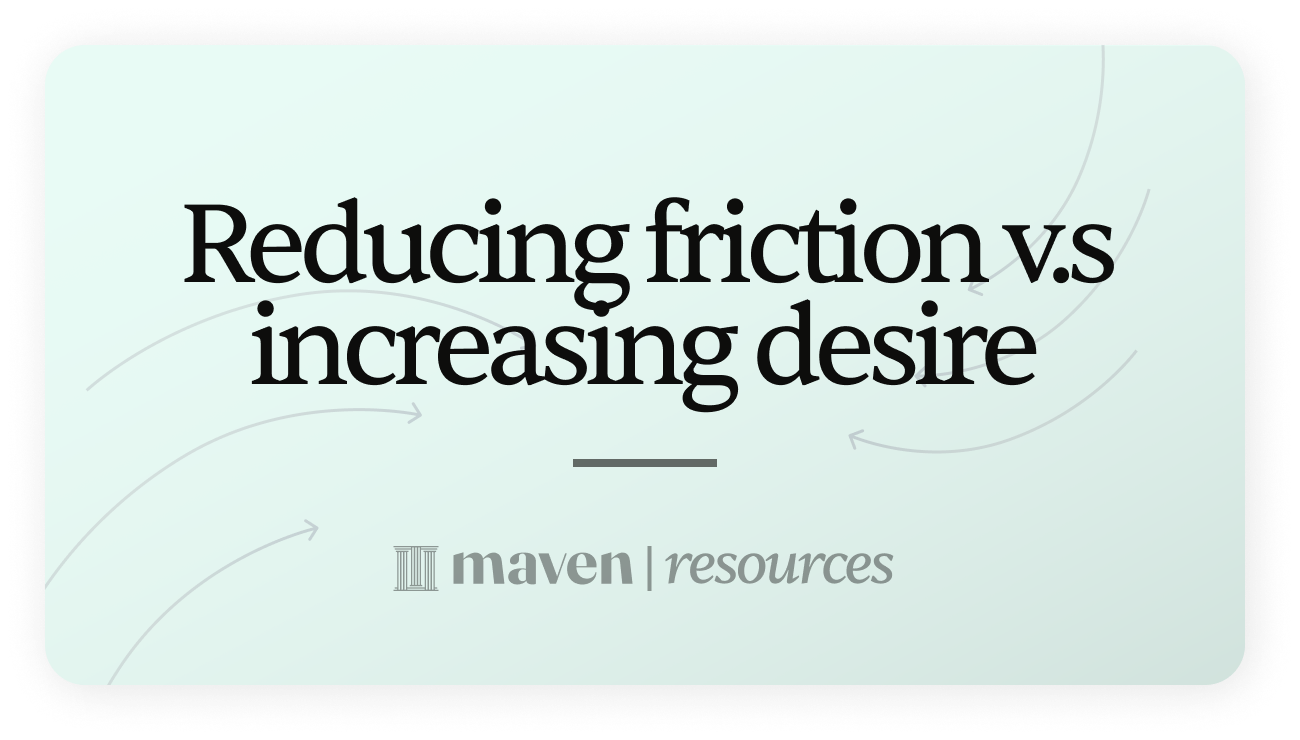Summary
Discover the importance of a brand manifesto and learn how to create one for your company with this step-by-step guide.
What is a brand manifesto?
A brand manifesto is a powerful tool that encapsulates the essence of a company's mission, values, and vision. It serves as a guiding force that communicates the brand's purpose and what it stands for, both internally and externally. A well-crafted brand manifesto can inspire, motivate, and connect with your audience on a deeper, emotional level.
Key Elements of a Brand Manifesto
- Mission: The core purpose of your brand and the reason it exists.
- Values: The guiding principles and beliefs that inform your brand's actions and decisions.
- Vision: The long-term aspirations and goals of your brand.
- Voice: The unique tone and style of communication that characterizes your brand.
- Emotional Connection: The feelings and emotions your brand aims to evoke in its audience.
"Your brand is a story unfolding across all customer touchpoints." - Jonah Sachs

How to Write a Brand Manifesto
Step 1: Define Your Brand's Mission
The mission is the foundation of your brand manifesto. It articulates the reason your company exists and the impact it aims to have on the world. To define your brand's mission, consider the following questions:
- What problem does your company solve?
- Who are your customers, and how do you improve their lives?
- What makes your brand unique and different from competitors?
Tesla's mission is "to accelerate the world's transition to sustainable energy." This mission statement clearly communicates the company's purpose and the positive impact it aims to make on the environment.
Step 2: Identify Your Brand's Values
Your brand's values are the guiding principles and beliefs that inform your actions and decisions. They represent the core of your brand's identity and serve as a compass for your team. To identify your brand's values, consider the following questions:
- What principles guide your company's decision-making process?
- How do you want your brand to be perceived by others?
- What ethical standards does your company adhere to?
Patagonia has a strong commitment to environmental sustainability and social responsibility. These values are reflected in their business practices, such as using recycled materials and supporting grassroots environmental initiatives.
Step 3: Develop Your Brand's Vision
Your brand's vision is a statement of your long-term aspirations and goals. It paints a picture of the future you hope to create through your company's efforts. To develop your brand's vision, consider the following questions:
- Where do you see your brand in 5, 10, or 20 years?
- What impact do you hope to have on your industry or the world at large?
- How will your company evolve and grow over time?
Google's vision is "to organize the world's information and make it universally accessible and useful." This vision statement highlights the company's ambitious goals and its commitment to creating a more informed and connected world.

Step 4: Establish Your Brand's Voice
Your brand's voice is the unique tone and style of communication that characterizes your brand. It should be consistent across all marketing materials and customer touchpoints, helping to create a distinct and memorable brand identity. To establish your brand's voice, consider the following questions:
- How do you want your brand to be perceived by others?
- What adjectives best describe your brand's personality?
- What tone of voice will resonate most with your target audience?
Mailchimp, an email marketing platform, is known for its quirky and friendly brand voice. This voice sets the company apart from competitors and creates a strong emotional connection with its users.
Step 5: Evoke an Emotional Connection
Creating an emotional connection with your audience is crucial for building brand loyalty and trust. Your brand manifesto should evoke feelings and emotions that resonate with your target audience and inspire them to engage with your brand. To craft an emotionally compelling manifesto, consider the following questions:
- What emotions do you want your audience to associate with your brand?
- How can you inspire and motivate your audience through your manifesto?
- What stories or narratives can you share to forge a deeper connection with your audience?
Nike's "Just Do It" campaign is an excellent example of evoking an emotional connection. The empowering message inspires customers to push past their limits and challenges them to achieve their goals.
Putting It All Together: Crafting Your Brand Manifesto
Once you have a clear understanding of your brand's mission, values, vision, voice, and emotional connection, it's time to craft your brand manifesto. Use the following tips to create a powerful and inspiring manifesto:
- Be authentic: Ensure your manifesto reflects the true essence of your brand and is consistent with your company's actions and behaviors.
- Be concise: Keep your manifesto brief and to the point. Aim to capture your brand's essence in a few powerful sentences.
- Be inspiring: Use emotive language and storytelling to create a manifesto that resonates with your audience and inspires action.
- Be consistent: Ensure your manifesto aligns with your overall brand strategy and is reflected in all aspects of your business.
Apple's "Think Different" campaign is an iconic example of a compelling brand manifesto. The manifesto celebrates the spirit of innovation and creativity, capturing the essence of the Apple brand in a simple yet powerful message.
Related Courses
Simple Clarity: Get Customers to Instantly Understand and Want Your Brand
If customers don’t “get” your brand, they won’t buy. Learn how to describe your business so they instantly say, “I need this!”
Building a Purpose-Led Brand in the Age of AI
In an era defined by automation, noise, and algorithmic influence, your story is your strongest signal - learn how to lead with it.
Start-up Brand Bootcamp
Founders and start-up entrepreneurs - Build your brand and create the foundations for sustainable growth.
You might also like

How to Use Facebook Groups for Community, Networking and Growth

To drive growth, focus on increasing desire

Twitter Ads for Business: How to Drive Growth and Boost Sales

